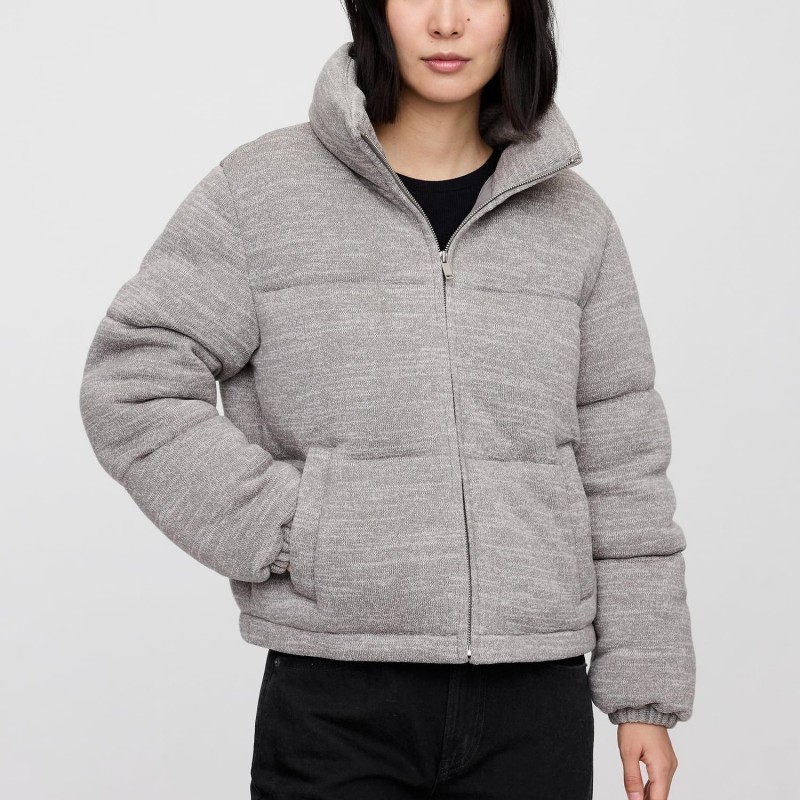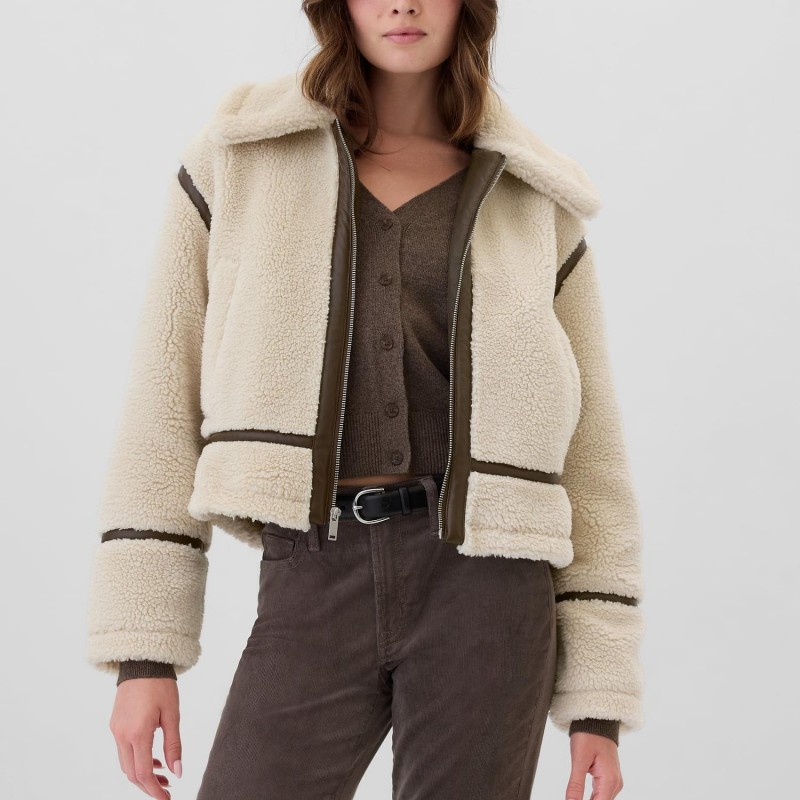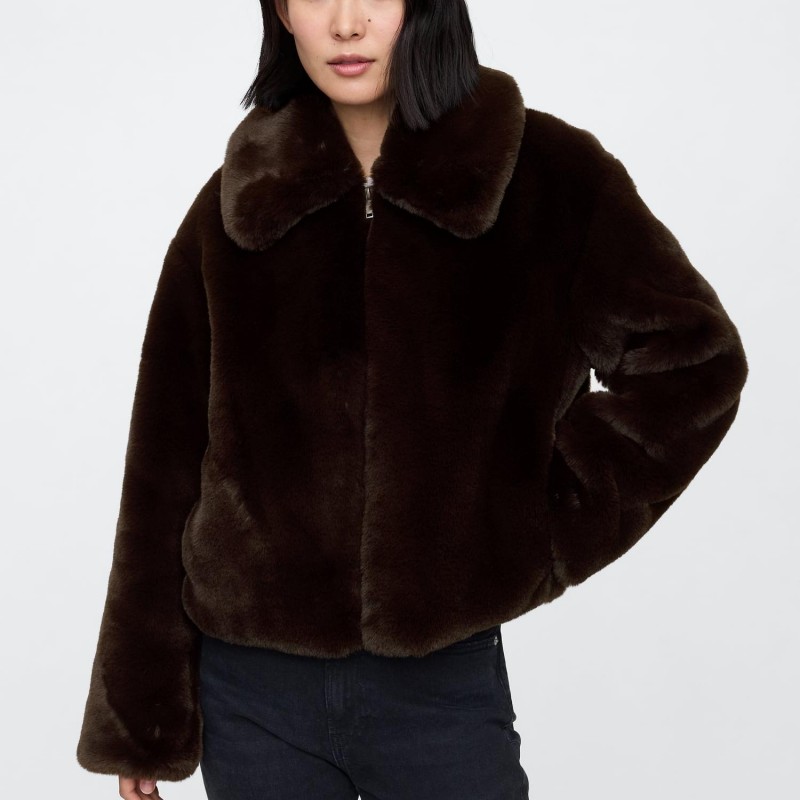When the crisp air of winter settles in or the chill of an early spring morning creeps up on us, nothing feels more comforting than slipping into a warming jacket. This versatile wardrobe staple is designed not only to keep you cozy but also to elevate your style. Warming jackets come in various styles, materials, and features tailored for different activities and preferences. Whether you need something lightweight for layering or a heavy-duty jacket for extreme cold, knowing what to look for can make all the difference in staying warm and stylish. In this article, we will thoroughly explore the world of warming jackets, reviewing their types, materials, levels of insulation, and practical styling tips for every occasion. You’ll also find insights into maintaining your warming jackets to maximize their longevity and performance.

Understanding the Types of Warming Jackets
The variety of warming jackets available on the market can be overwhelming. However, understanding the different types can help you make an informed choice based on your specific needs. Here, we outline some of the most common types to consider:
- Insulated Jackets: These jackets are typically filled with materials such as down or synthetic fibers. They provide excellent warmth and are perfect for colder climates.
- Shell Jackets: Shell jackets offer minimal insulation but are designed to protect against wind and rain. They are great for layering as they can be worn over warmer layers.
- Fleece Jackets: Made from synthetic fibers, fleece jackets are lightweight, breathable, and provide decent warmth. They are often used as mid-layers and can be worn alone for mild temperatures.
- Puffy Jackets: Known for their distinctive puffy appearance, these jackets have thickness that traps heat. They are ideal for extremely cold conditions.
- Softshell Jackets: These are versatile options that provide a combination of insulation, water resistance, and breathability. They are suitable for active use in various weather conditions.
- Parkas: Parkas are longer jackets that often come with fur-lined hoods and heavy insulation. They are excellent for extremely cold climates and can also be quite stylish.
It’s essential to identify which type of warming jacket aligns with your lifestyle and climate before making a purchase.
Materials That Matter
The material of your warming jacket plays a significant role in its level of warmth, comfort, and overall functionality. Knowing the ins and outs of different materials will greatly assist you in selecting the right jacket.
- Down: Down insulation is known for its incredible warmth-to-weight ratio. It traps heat effectively but can lose insulation properties when wet. However, many brands now offer water-resistant down options.
- Synthetic Insulation: Synthetic materials like polyester mimic the insulating properties of down, and they retain warmth even when wet. These jackets are generally more affordable than down counterparts.
- Gore-Tex and Other Shell Materials: For shell jackets, fabrics like Gore-Tex provide excellent waterproofing and breathability. This is crucial for those who enjoy outdoor activities in unpredictable weather.
- Fleece: Fleece is lightweight, soft, and provides decent warmth. It’s perfect for layering as it allows for moisture-wicking and quick drying.
- Wool: Wool jackets provide natural insulation and moisture-wicking properties. While heavier than synthetic options, they are incredibly durable.
By understanding the materials used in jackets, you can select one that meets your environmental and performance needs.
Insulation: The Key to Warmth
Insulation is one of the most critical aspects of any warming jacket. It determines how effectively a jacket holds heat. There are a few types of insulation to consider:
- Natural Insulation (Down): Down is a popular choice for its warmth and packability. However, it may not be the best option for wet conditions unless treated.
- Synthetic Insulation: This type is becoming increasingly popular due to its versatility. Brands like Primaloft and Thermoball offer numerous synthetic options that maintain warmth without bulk.
When choosing insulation, consider the climate you will be in. For instance, if you frequently encounter rain and snow, synthetic insulation may be a better option as it performs better when wet.

Choosing the Right Fit
Fit is another crucial factor in selecting a warming jacket. An ill-fitting jacket can compromise warmth and comfort. Here’s how to ensure you choose the right fit:
- Try It On: Always try on the jacket with layers similar to how you would wear it. This will help you understand how it feels under varying conditions.
- Consider Layering: If you plan to layer your warming jacket over sweaters or sweatshirts, allow for extra space in the fit.
- Check Mobility: Ensure that you have a full range of motion in your arms and shoulders. This is particularly important if you’ll be engaging in outdoor activities like hiking.
- Length Matters: For winter jackets, consider the length. Longer jackets can offer more warmth but might restrict movement. Choose a length that balances coverage and mobility.
Getting the fit correct will ensure your jacket is comfortable and functional.
Styling Tips for Your Warming Jacket
A warming jacket can be a stylish addition to your wardrobe, provided you know how to wear it right. Here are some essential styling tips:
- Layering: A warming jacket is perfect for layering. Try pairing it with a sweater or a hoodie underneath for added insulation.
- Accessorize: Scarves, hats, and gloves not only add warmth but also bring a pop of color and style, transforming a simple look into something chic.
- Footwear Matters: Choose footwear that complements your jacket. Ankle boots and sturdy sneakers pair well with warming jackets for a casual yet put-together look.
- Mix Textures: Combine different textures to add depth to your outfit. For instance, a wool sweater with a puffy jacket provides visual interest.
- Choose Colors Wisely: Neutral colors like black, gray, or navy are versatile and go well with numerous styles, while vibrant colors can make a bold statement.
With these styling tips, you can wear your warming jacket confidently while remaining incredibly fashion-forward.
Maintaining Your Warming Jacket
To ensure the longevity and performance of your warming jacket, proper care and maintenance are essential:
- Follow Washing Instructions: Always check the care tag for specific washing instructions. Many jackets can be machine washed, but using the wrong settings can cause damage.
- Drying: Air drying is often best for preserving the insulation. If you must use a dryer, add a few clean tennis balls to fluff the insulation.
- Store Properly: When not in use, store your jacket in a cool, dry place. Avoid compressing it too tightly, as this can damage insulation over time.
- Repair: Address any damage immediately. Small tears or loose seams can lead to larger issues if neglected.
By taking care of your warming jacket, you ensure that it remains a reliable piece for many seasons.

Conclusion: The Best Investment for Your Wardrobe
Investing in a high-quality warming jacket is an essential step in not only keeping warm but also staying stylish. With various types, materials, and insulation options available, understanding what makes the perfect warming jacket for your lifestyle is crucial. From exploring the different styles to mastering the art of layering and maintenance, this garment will quickly become a staple in your wardrobe, ready to face whatever the elements throw your way. Embracing a warming jacket not only enhances your winter wardrobe but also provides a reliable solution for all outdoor adventures. Remember to choose wisely based on climate conditions, personal style, and activities. With the right jacket, you can confidently face the elements while looking chic and feeling comfortable.

